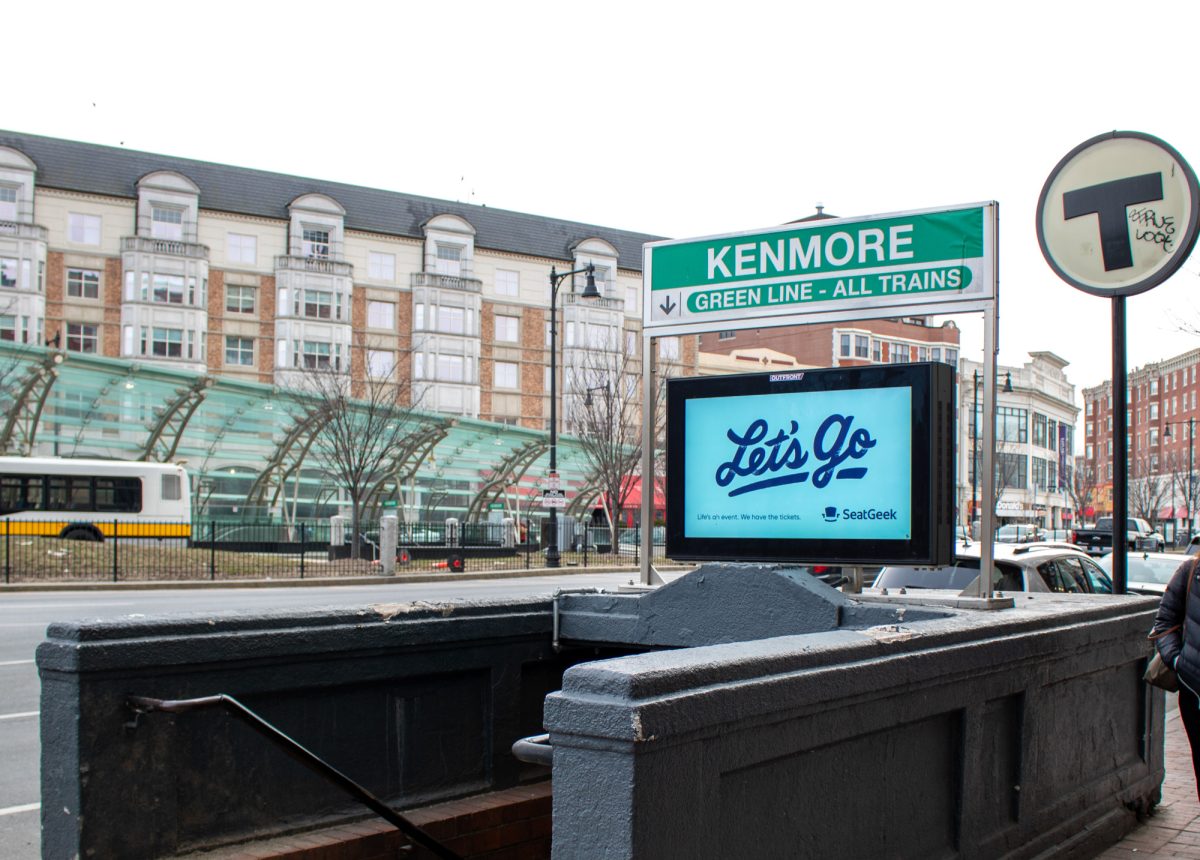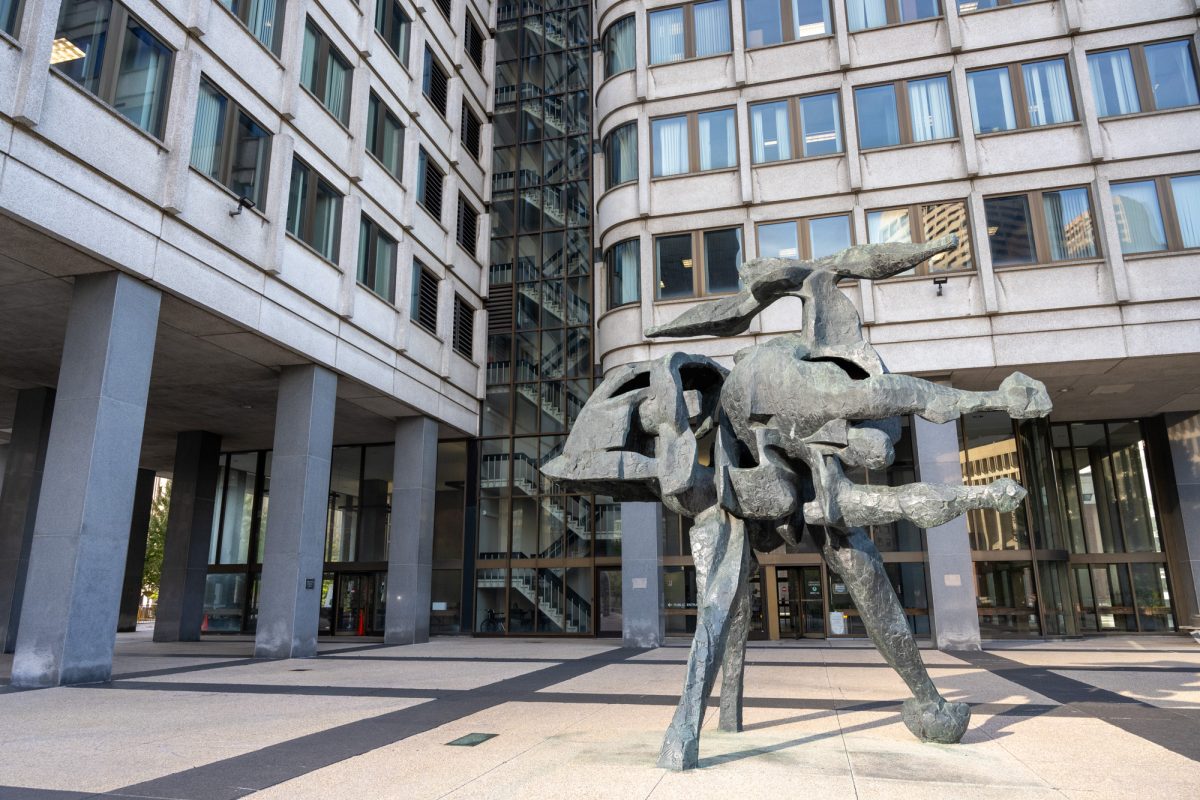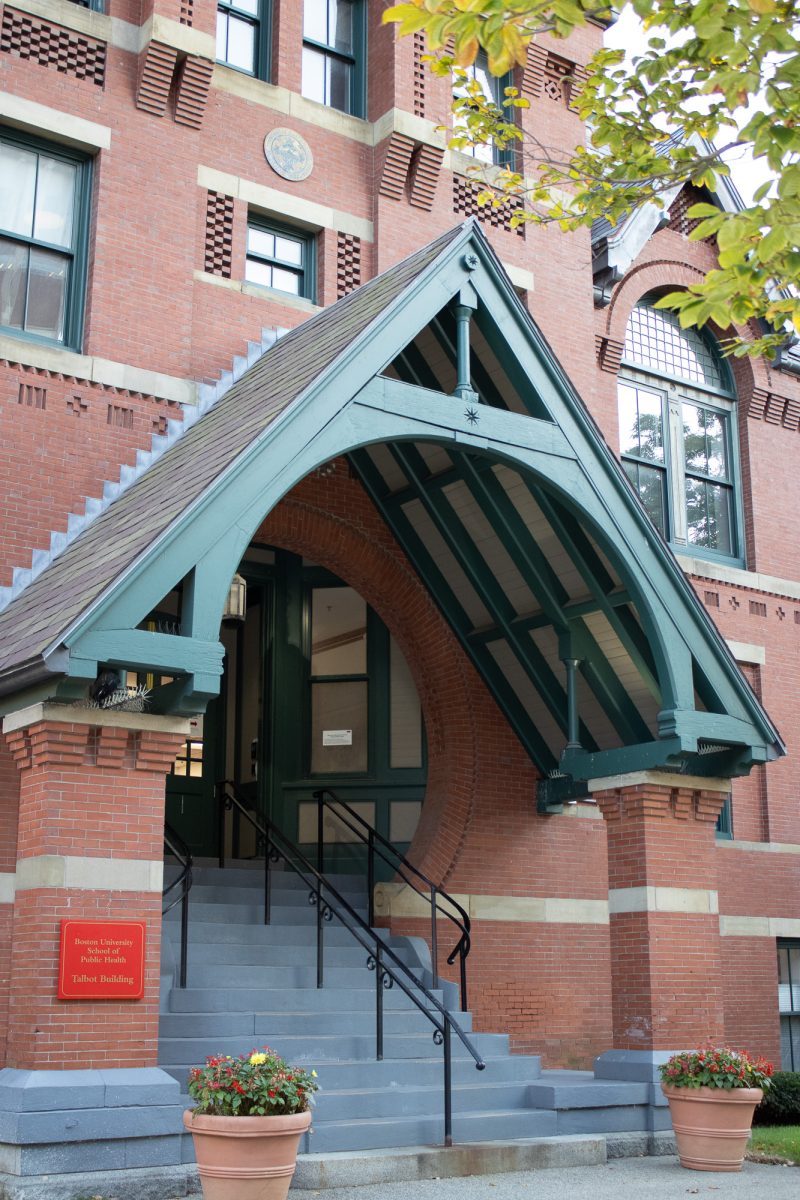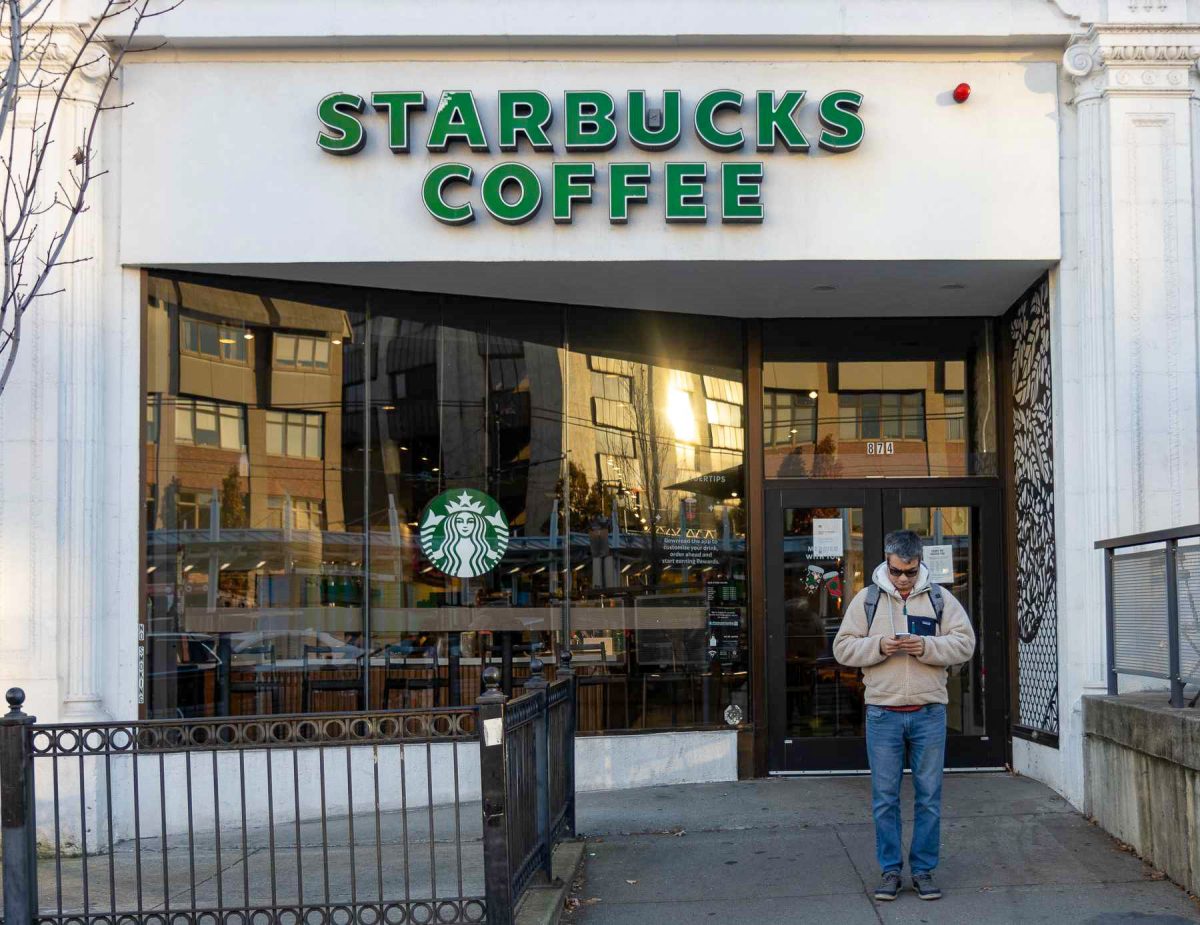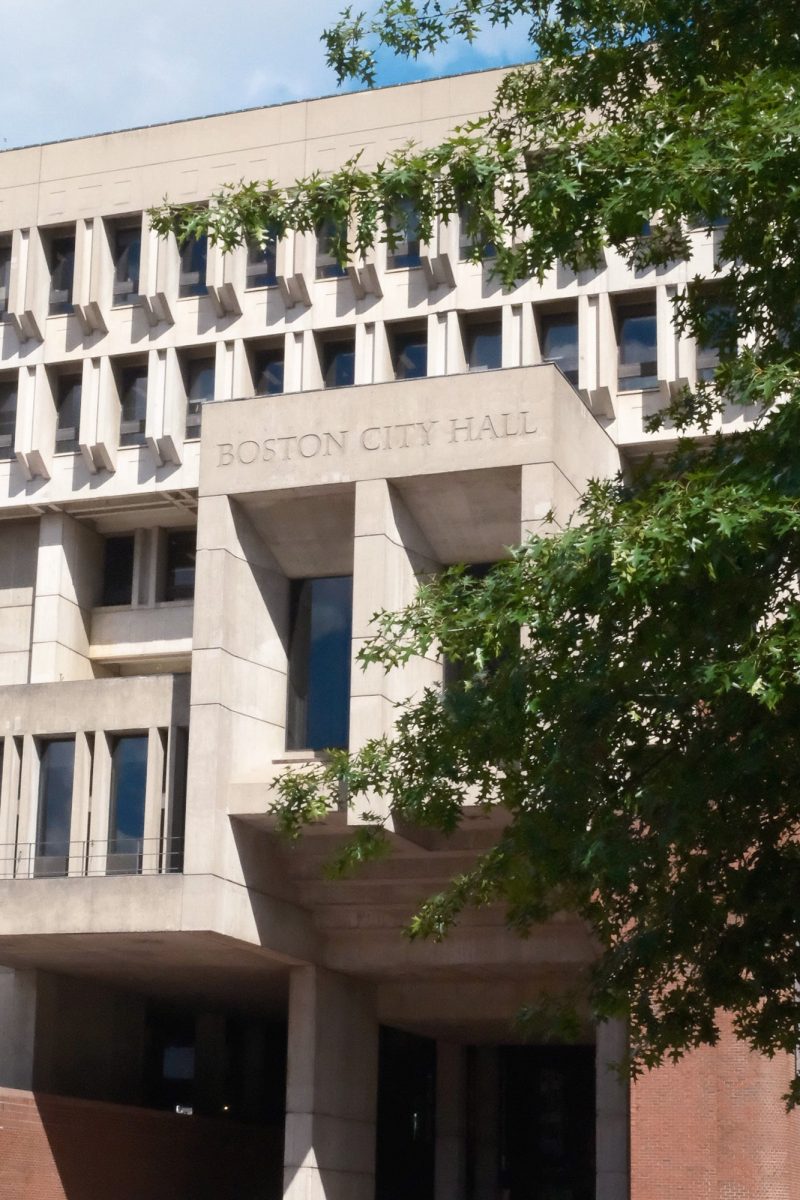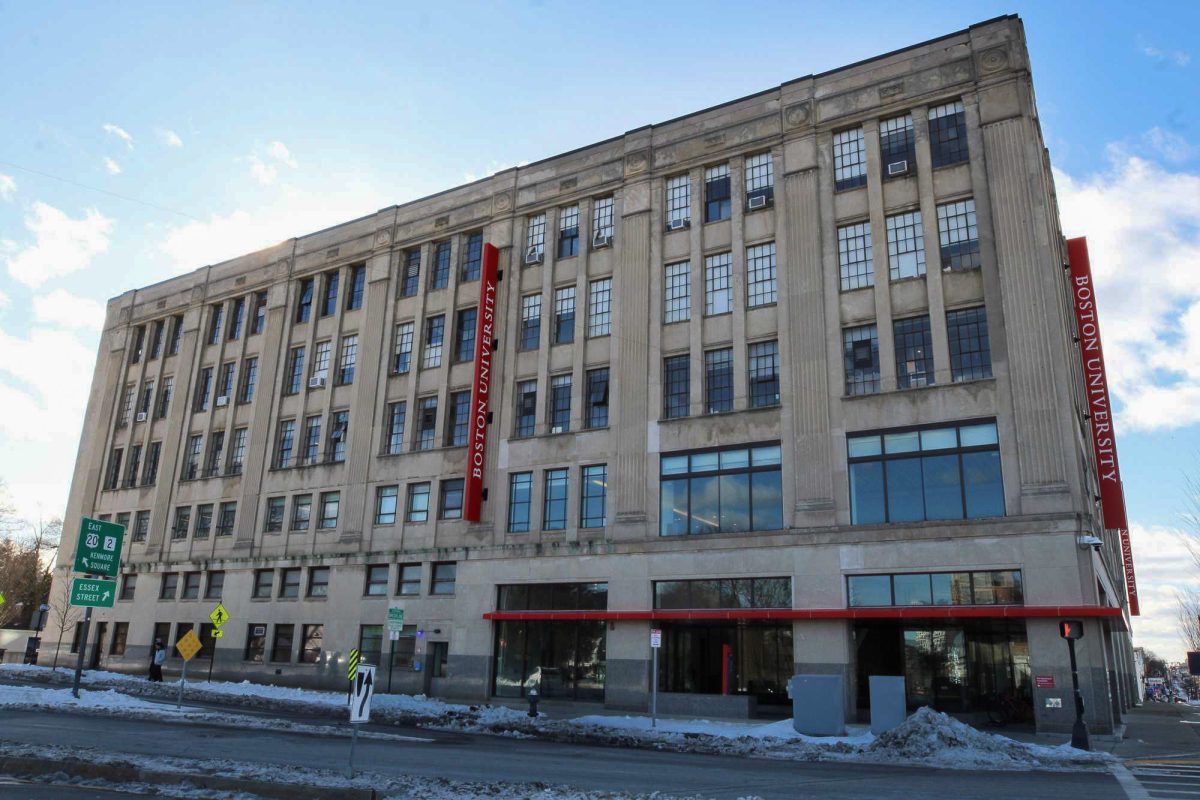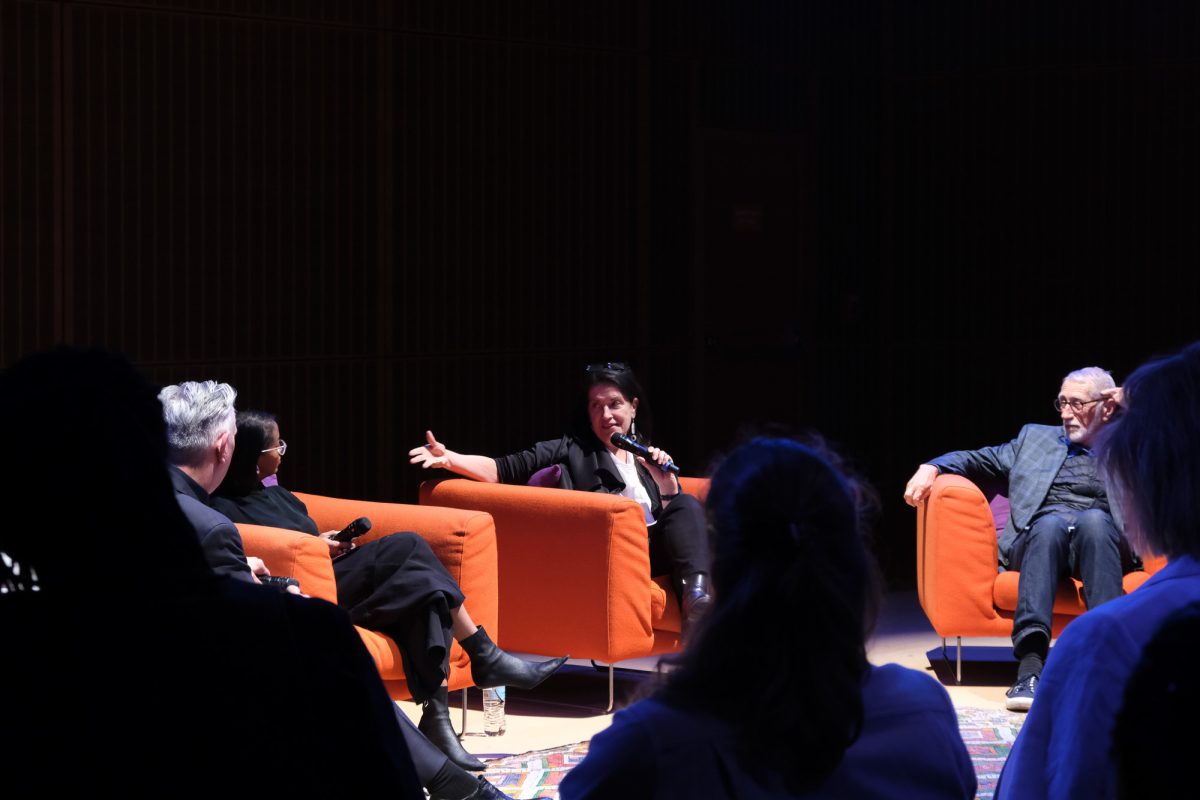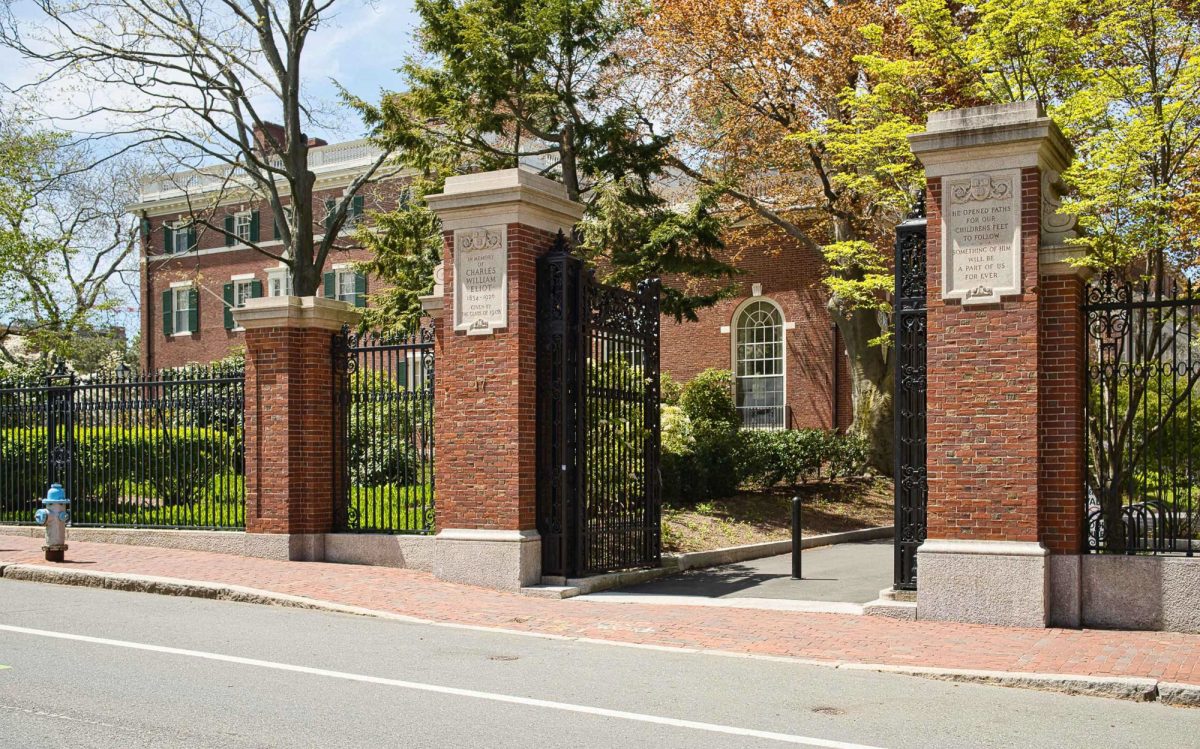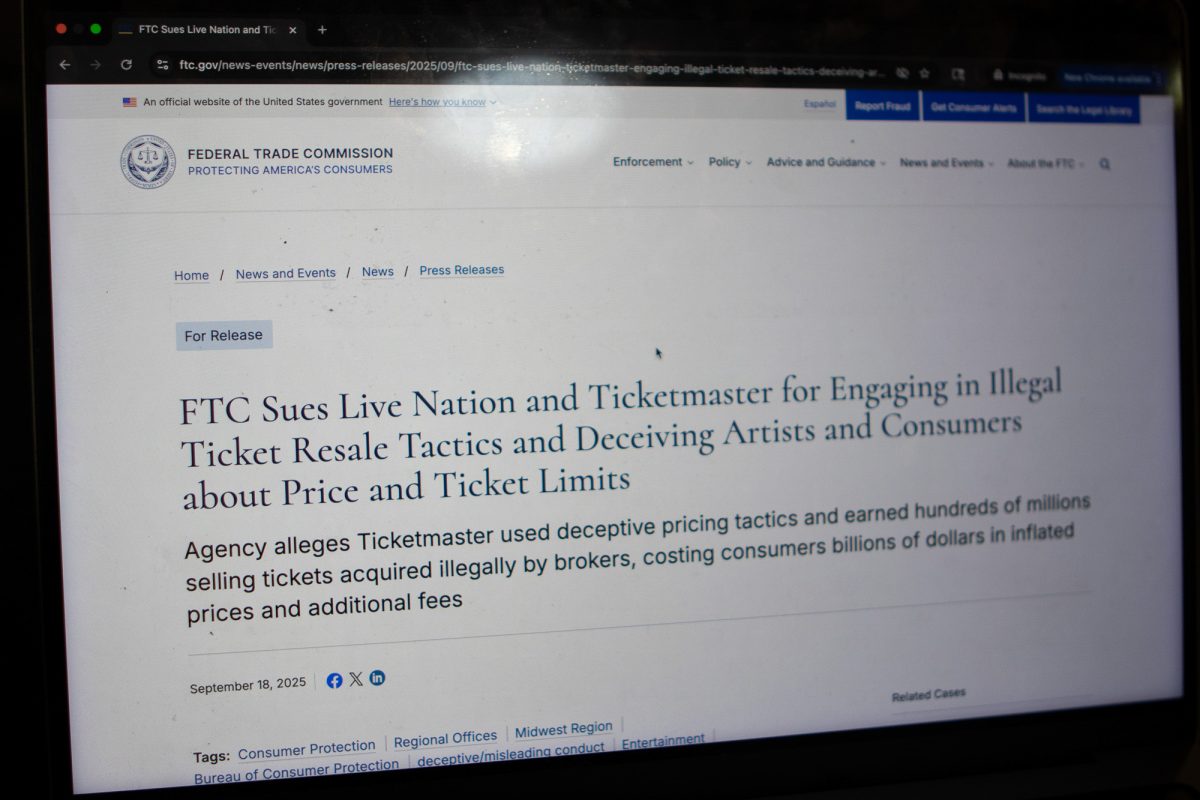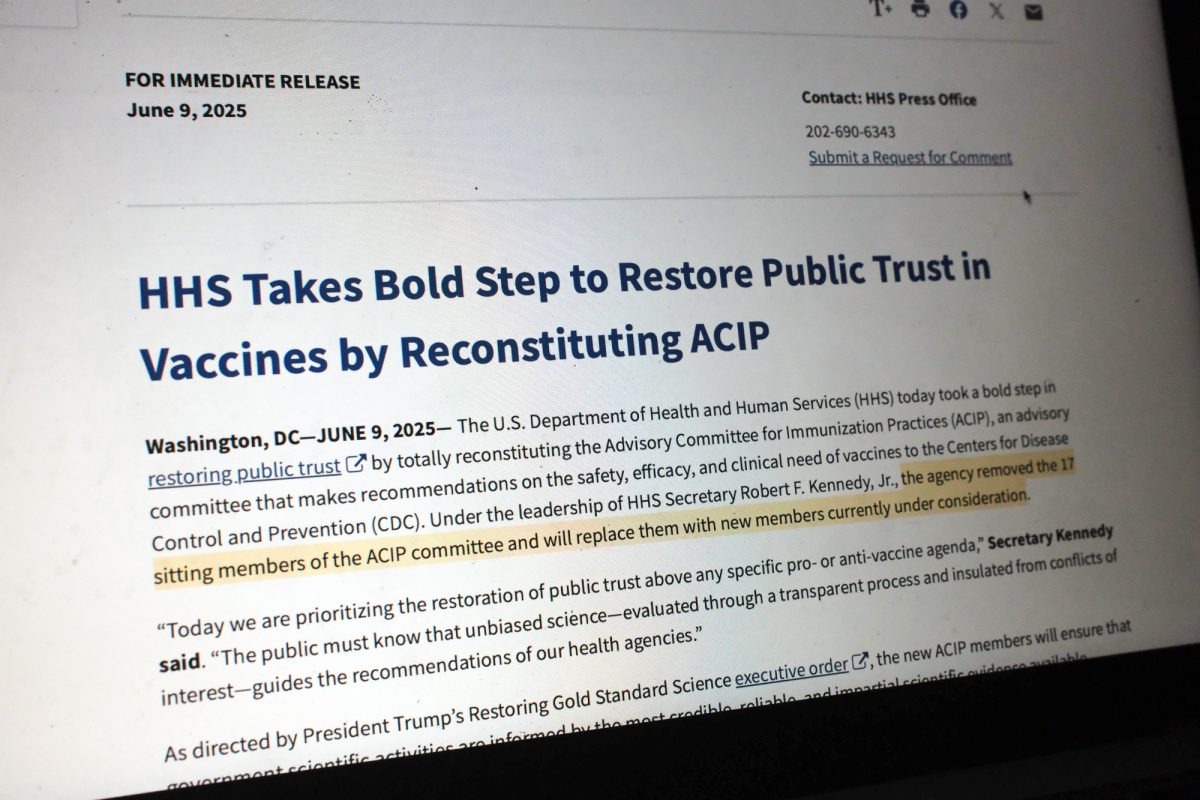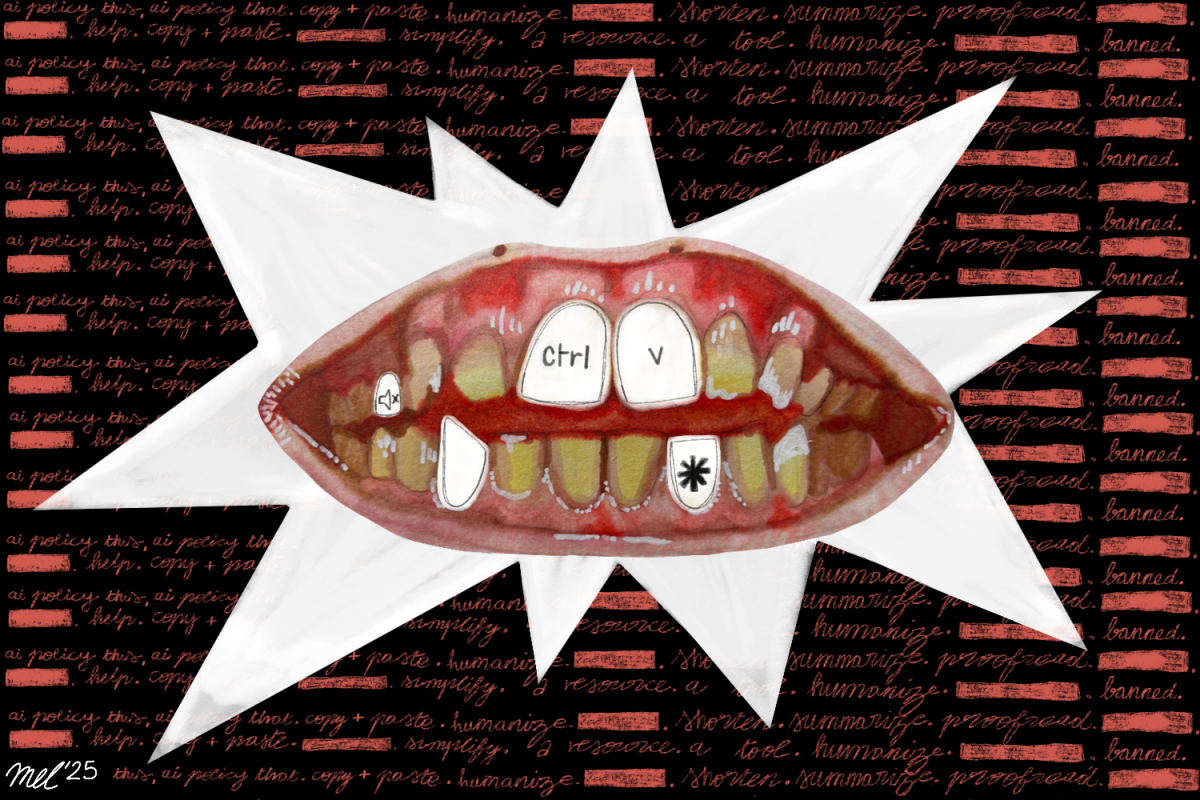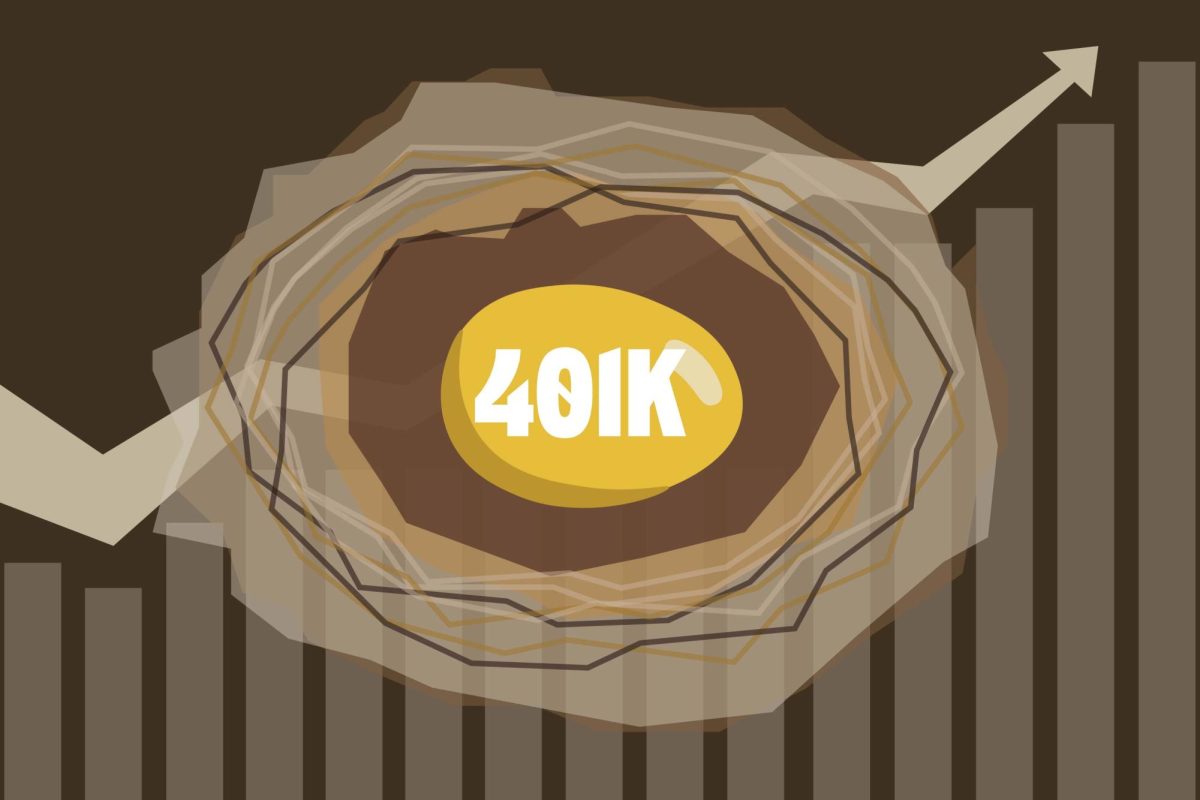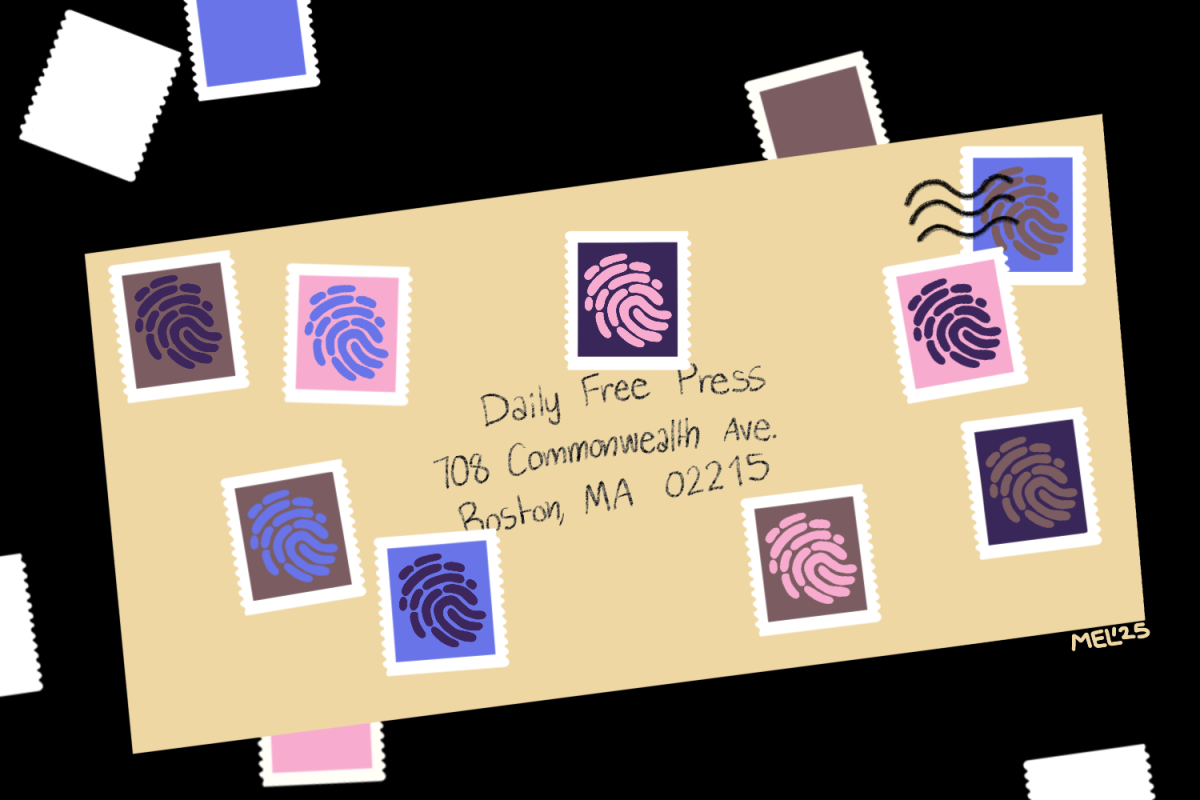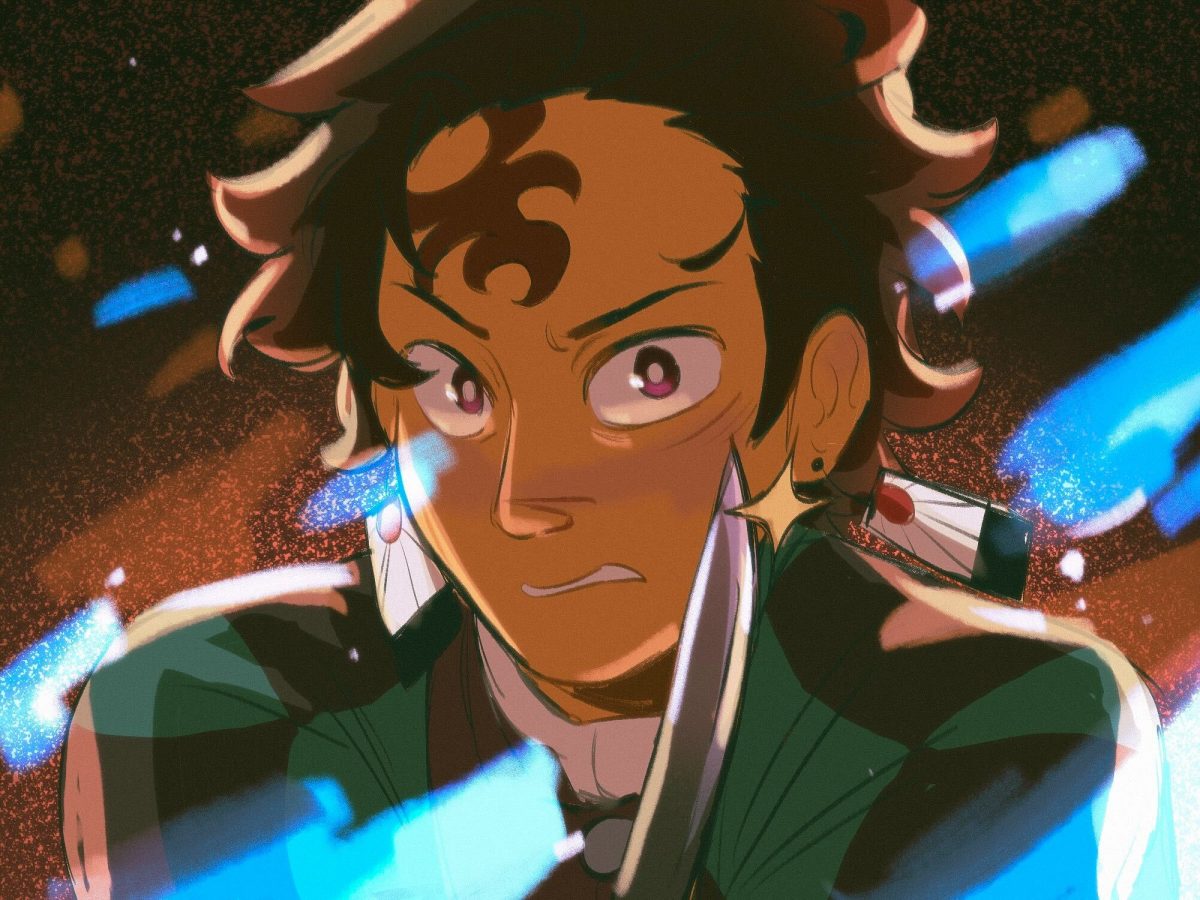The people of Christchurch, a renowned city on New Zealand’s South Island, commemorated a somber anniversary Sunday.
Sunday marked the passage of four years since the 2011 Canterbury Earthquake, one of the deadliest natural disasters in New Zealand’s history that resulted in the death of 185 people and injury to thousands of others.
Just a few days before the quake’s four-year anniversary, I visited the city of Christchurch and witnessed firsthand much of the lasting damage from the not-so-recent tragedy.
Imagine traveling to the Italian city of Florence only to find the famous Duomo of the Cathedral of Santa Maria del Fiore had caved in on itself, the gilded bronze doors of the Florence Baptistery’s acclaimed “Gates of Paradise” invisible behind heaps of rubble, and large swaths of the shops and cafes lining the streets of the downtown reduced to gravel lots littered with debris.
That’s the best way I have of describing what I saw in Christchurch.
The city’s crowning jewel, the Christchurch Cathedral, stands devastated four years after the earthquake, surrounded by a chain link fence decked with “Danger: No Trespassing” signs. The cathedral’s tower was demolished by the disaster, and much of the building’s remaining structure collapsed during the quake.
In addition to the damage to the cathedral, much of Christchurch’s downtown area remains wrecked. Buildings donned broken windows and shattered storefronts. Empty lots dotted every corner. The cracked letters on the sign of a vacant Starbucks seemed to flicker eerily, with furnishings and mannequins still visible inside the abandoned boutique next door.
On the day of my visit, the sky was overcast, and the streets were almost empty. A few people were dispersed in clumps across a grassy park where the Cricket World Cup was being screened. Businessmen and women who appeared to work in the remaining office buildings downtown appeared sporadically. Tourists roamed the city’s central square with hungry eyes.
Even six years after the earthquake, the downtown area constituted a setting that was almost post-apocalyptic-looking: uncanny, chilling and downright devastating.
In the afternoon of Feb. 22, 2011, Christchurch began to rattle as tectonic plates shifting below the earth’s surface caused a 6.3-magnitude earthquake around six miles southeast of the city in a region known as Canterbury.
Much of the city’s central business district and surrounding suburbs were destroyed. Over 100 people were killed in the collapse of two office buildings in the downtown area, while scores of others were killed by falling rocks and crumbling walls. Important infrastructure was ruined, and thousands of Christchurch residents became homeless when their homes were wiped out or later deemed uninhabitable by inspectors. The quake caused an estimated $40 billion in damage.
While the city appeared slow to bounce back from the tragedy, some restoration efforts were visible. Over the past six years, the government-established Canterbury Earthquake Recovery Authority and a number of charitable nonprofit organizations have stepped in to help rebuild Christchurch.
Much of the reconstruction so far has established permanent plans for the city’s future while creating temporary arrangements to ensure the well-being of Christchurch and its residents.
Although the future of the Christchurch Cathedral remains uncertain, a transitional cathedral was established in August 2013. The aptly named “Cardboard Cathedral” seats 700 and is constructed from all kinds of materials, including cardboard tubing, timber, steel and concrete. A tessellation of multicolor stained-glass triangles on the front side of the transitional cathedral was designed to reimagine the original church’s rose window.
A shipping container shopping mall composed of colorful crates and portables has become home to over 50 businesses and a popular shopping destination for visitors and residents alike.
The fallen city is adorned with street art and public art, from graffiti murals to large-scale installations. Some of these works are silly and light-hearted, like the giant lawn chairs made of artificial turf and sheep sculptures composed of neon roadwork materials. Other works have more serious meanings, such as the “185 Empty Chairs” installation, an arrangement of 185 chairs on a street in Christchurch set up to commemorate the victims of the fatal 2011 earthquake.
Along with the realization that I often forget to observe contemporary issues facing a particular location as a tourist with a certain destination in mind, it was these small enhancements that made the trip to Christchurch a worthwhile venture.
I will remember one image from the city in particular. Situated in the corner of one gravel lot near the downtown area was a tiny public gardening place. It was essentially a wooden platform holding rows of plastic pots, some of which held tiny sprouting plants. A vibrant yellow daisy sprung from one of the planters, reaching toward the grey skies against the dim backdrop of a chain-link fence. It was a reminder that even in the gloomiest of environments, life will pertinaciously crop up through the surface.

